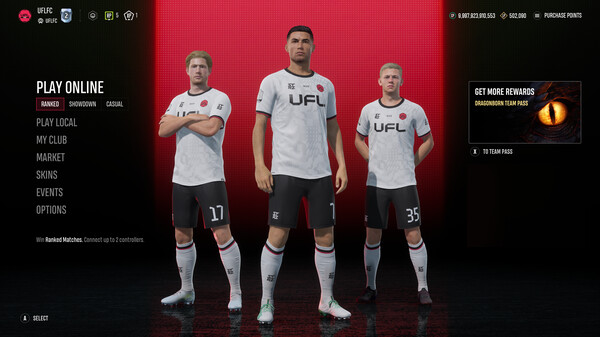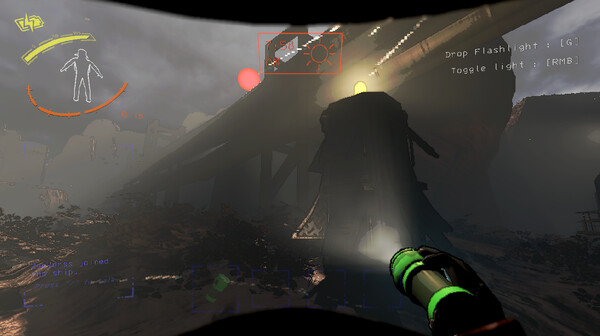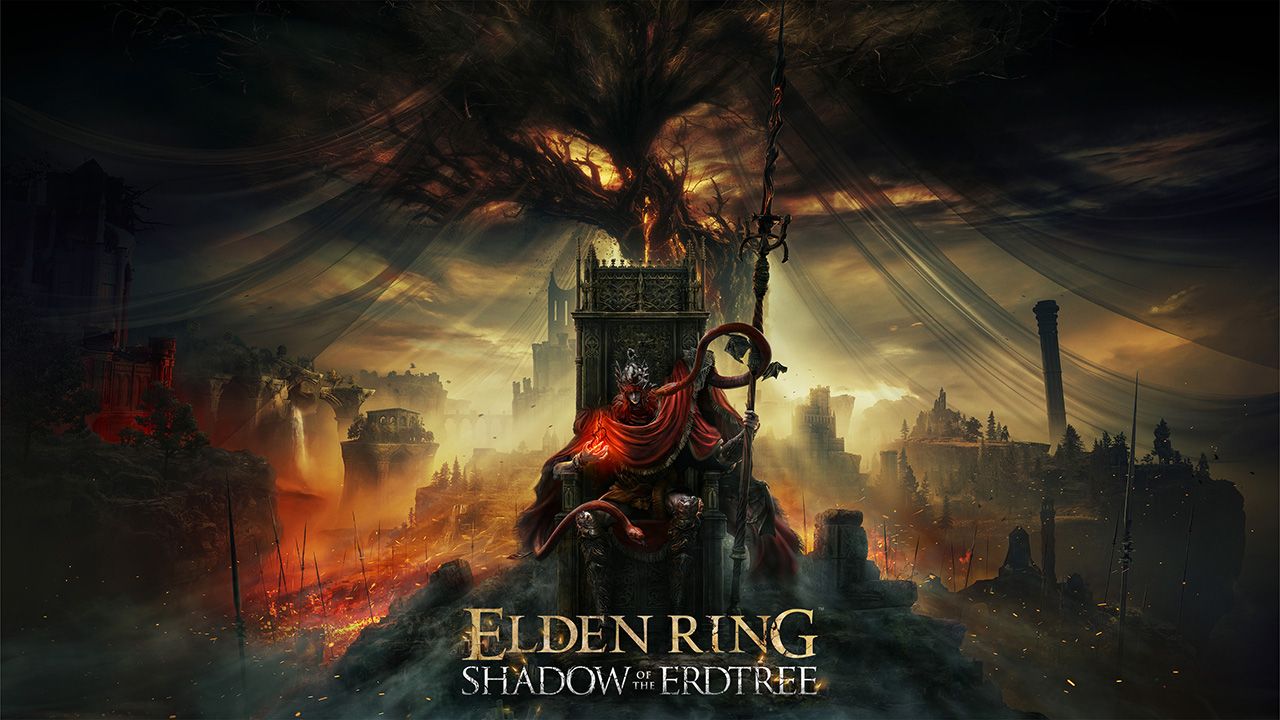EA SPORTS FC 26 – Preview Review: A Bold Evolution in Football Simulation
1. A Frontrunner Set to Redefine the Genre
EA SPORTS FC 26, set for a late September 2025 release, promises to be the most transformative entry yet in the post-FIFA EA football lineup. Featuring cover stars Jude Bellingham and Jamal Musiala (standard editions) and Zlatan Ibrahimović (Ultimate Edition), the title aims to merge granular realism with responsive arcade flair, directly addressing years of feedback from its player base.
2. Gameplay Divided: Competitive vs Authentic Modes
A centerpiece innovation is the introduction of two distinct gameplay presets tailored to different types of experiences:
-
Competitive Gameplay: Fast-paced, highly responsive, optimized for online modes like Ultimate Team and Clubs. It emphasizes sharp passing, aggressive AI, and high-speed transitions.
-
Authentic Gameplay: This mode, default for offline experiences like Career Mode, features more grounded physics, slower build-up play, and a greater emphasis on strategic control.
This dual gameplay structure marks a philosophical shift for the franchise—an acknowledgment that simulation and arcade need not live under the same ruleset.
3. Core Mechanics Refined—The Fundamentals Rewritten
Gameplay tweaks in FC 26 are not cosmetic—they represent a philosophical overhaul.
-
Dribbling & Movement: Changes allow for greater agility in direction changes, smoother ball reception, and more defined player-specific acceleration curves.
-
Passing & Shooting Overhaul: Instantaneous “one-frame passing” creates crisp, tight movement. Low-driven shots return to the meta, allowing for more calculated goal attempts.
-
Goalkeeper Intelligence: GKs exhibit smarter movement, better anticipation of near-post threats, and varied reactions to ground shots.
-
Physical Duels & Tackling: Intentionality replaces randomness, reducing back-to-back animation spam. Defenders now track attackers more closely and engage more naturally.
Every alteration serves the goal of making football feel deliberate—not scripted or overly chaotic.
4. PlayStyles, Player Roles & Archetypes
EA introduces deeper identity systems for both players and tactics.
-
PlayStyles: These include traits like Precision Header, Inverted Wingbacks, Aerial Fortress, and Enforcer. Each PlayStyle affects gameplay both subtly and overtly, giving elite players truly unique abilities.
-
Archetypes: Especially relevant in Clubs and Player Career, Archetypes like “Maestro,” “Guardian,” and “Hitman” allow players to customize their strengths. These archetypes define XP paths, training drills, and tactical impact.
Customization is no longer aesthetic—it’s tactical, dynamic, and essential to progression.
5. Career Mode Reimagined—Managerial Narratives and Dynamic Ecosystem
Career Mode undergoes substantial evolution in FC 26.
-
Manager Live Challenges: These are emergent story arcs based on performance, media speculation, or boardroom politics. One week you might be chasing promotion; the next, battling a player revolt or financial limitation.
-
Manager Market: Managers now move dynamically between clubs, mimicking real-world managerial shuffles. A poor run could see you replaced or headhunted mid-season.
-
Expanded Scouting & League Simulation: Five leagues can now be simulated simultaneously, allowing scouts to operate across multiple regions with smarter AI logic.
-
Youth Development Expansion: The introduction of youth tournaments, injury dynamics, and emotional traits makes rising stars feel more alive and relevant to club narratives.
Career Mode, long considered a stagnant feature, finally gains the storytelling tools it always deserved.
6. Visual & Presentation Upgrades
FC 26 also introduces significant visual polish:
-
Stadium Ambience & Lighting: From dusk lighting to high-contrast kits, matches feel more atmospheric and visually vibrant.
-
HUD Innovations: New UI displays include stamina arcs, dominant foot icons, and ball flight paths. These minor enhancements improve match clarity without overwhelming the screen.
-
Commentary Expansion: Regional commentators are now selectable. The system is dynamic, allowing for match history callbacks and unique celebrations.
-
High-Contrast Mode: This accessibility option caters to visually impaired players, using bold color palettes and more distinguishable UI elements.
These refinements may not change mechanics, but they radically enhance immersion.
7. Ultimate Team and Clubs – New Ecosystems, New Strategies
Both Clubs and Ultimate Team are overhauled for longevity and engagement.
-
Ultimate Team: Introduces Bounties (weekly progression boosts), Tournaments, and “Challenger” paths for lower-division players. Skill-based matchmaking is refined, and Rivals now updates more fluidly based on performance.
-
Clubs Mode: Offers deeper seasonal progression, branded gear, and cross-platform leagues. Club loyalty is emphasized, with players leveling roles and developing chemistry akin to real-world squads.
-
Custom XP Trees: Whether you're an all-action midfielder or sweeper-keeper, new XP tracks guide your development across seasons.
-
Social Integration: Clubs support voice commands, dynamic replays, and post-match breakdowns, encouraging both competition and camaraderie.
In both modes, progression isn’t just about grind—it’s about identity.
8. Tactical Identity System & AI Behavioral Overhaul
A defining change in FC 26 is the implementation of AI behaviors governed by “tactical identity.” This means:
-
Clubs mimic real-world playstyles: A team like Atletico Madrid will press, foul, and sit deep. City-style teams will favor possession and verticality.
-
AI Players React Contextually: Midfielders cover space intelligently; strikers exploit poor positioning; defenders track runs without rubber-banding.
-
Formations Carry Emotional DNA: 3–5–2s feel chaotic and creative. 4–4–2s are structured and rigid. Choosing tactics now carries meaningful trade-offs.
This change ensures no two matches feel the same—and players face varied challenges even within the same league.
9. Women’s Football Expansion
EA SPORTS FC 26 brings an even more balanced spotlight on women’s football:
-
Full Integration in Career & UT: Female players can now be seamlessly included in Clubs and Career, offering more paths to build mixed-gender squads.
-
Authentic Leagues & Licensing: New tournaments and regional leagues are introduced with broadcast-quality presentation.
-
Individual Traits & PlayStyles: Women’s teams don’t just share animations—they have unique physicality, animation sets, and tactical preferences.
This isn’t representation for the sake of it—it’s competitive depth.
10. Early Impressions and the Road Ahead
Although FC 26 has not launched, everything revealed so far suggests a bold departure from stagnant design. Key takeaways:
-
Agency is Everywhere: Whether dribbling, passing, scouting, or managing, players now feel like decision-makers, not passengers.
-
Philosophy is Shifting: Instead of a yearly reskin, FC 26 suggests an iterative platform—one that evolves via community insight, not corporate calendar.
-
Depth Replaces Gloss: While still visually appealing, the focus is on smarter systems, contextual realism, and dynamic progression.
The question remains: Will these changes be enough to usher in a new golden era of football simulation?
Conclusion
EA SPORTS FC 26 is shaping up to be more than just the next sequel—it’s a potential turning point. It carries the DNA of legacy EA titles but adds meaningful gameplay separation, expanded progression, and smart systemic depth. Whether it’s the dual gameplay paths, nuanced player roles, or emergent managerial narratives, the game seems intent on honoring the sport’s complexity.
There’s still a long season ahead—but for now, FC 26 looks like a statement of intent, and possibly the most ambitious football title EA has built in years.





























